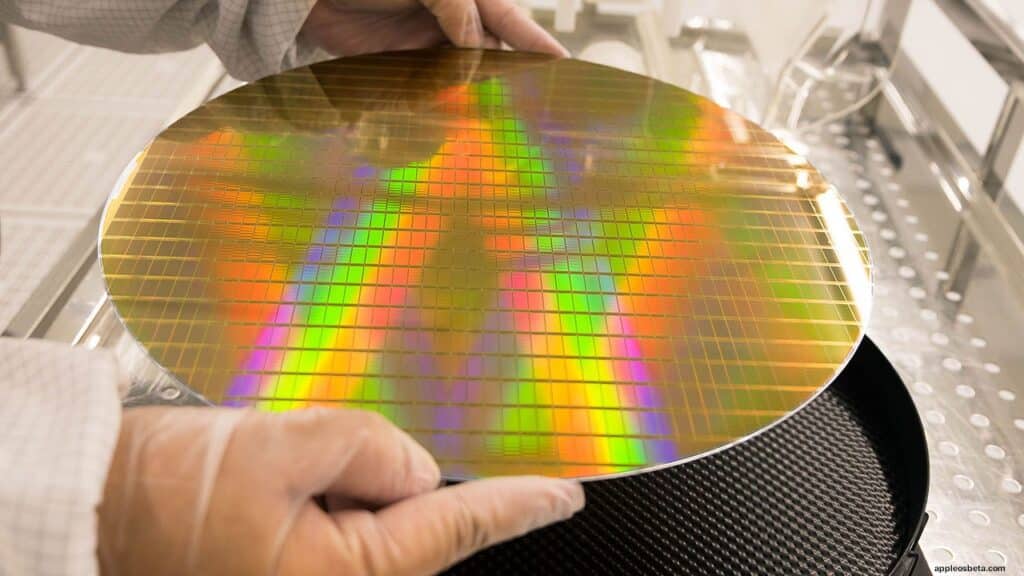With A17 iPhone 15 will make a leap in battery life. With the A17 chip that we should see on future iPhone 15s, Apple could choose to focus more on autonomy and less on performance (also because the competitors, on the latter side, have to chase after the Cupertino company and this one can afford, at least for now, don’t be in a hurry).
Apple’s request to Samsung for the dynamic island of the iPhone 14 Pro
The hypothesis arises from reading between the lines of what was reported by TSMC with the start of production of the new chips with 3nm production technology.
With each new SoC, Apple has made progress by always balancing performance and energy consumption, always benefiting from new production processors and the relative miniaturization of transistors.
Mark Liu, president of TSMC, for future SoCs that will exploit the 3nm node, promises better performance than current chips with a 5nm node, while requiring about 35% less energy.

If the percentage is confirmed, this element could be a clue on the efficiency side of future iPhones.
Meanwhile, TSMC has started mass production of the 3nm chips that will be used on future new Apple devices such as the iPhone. TSMC President Mark Liu said demand for this manufacturing hub is “very strong.”
In the future (we are talking about 2026) the chips with 3nm node should also be produced in the USA; the plant that is nearing completion in Arizona is expected to start with 4nm chips. In the meantime, TSMC is not idle and there is already talk of a production process with 2nm transistors, a technology once considered science fiction and which could become a reality in a few years.



